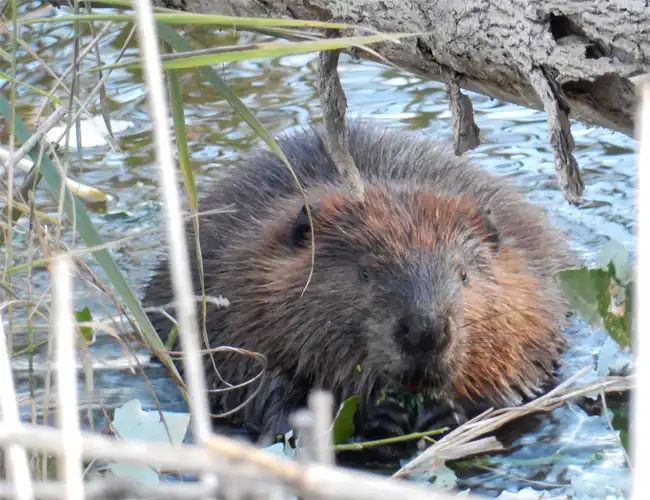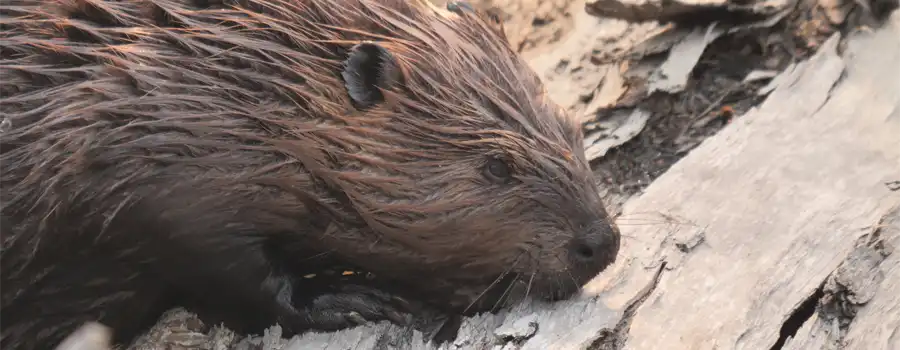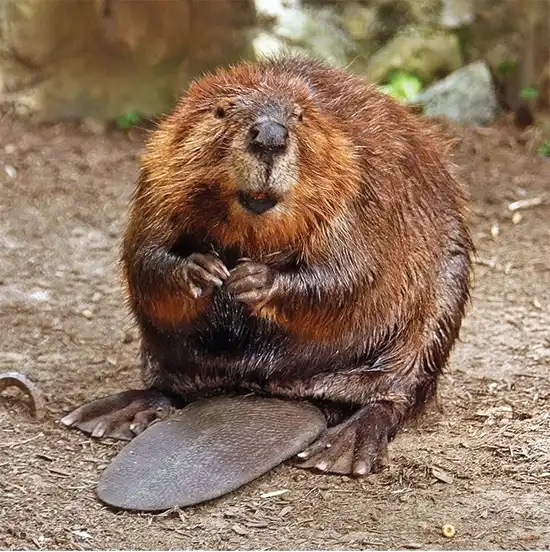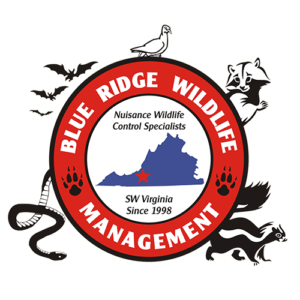
Beavers in Virginia
Beaver Life Cycle
The life cycle of beavers begins with mating, which typically occurs in the water during late winter or early spring. During this time, male beavers will compete for females and attempt to drive away any potential rivals. Once a pair has formed, they will mate and the female will give birth to a litter of 1-9 kits in the spring after a gestation period of around 3 months. The kits are born hairless, blind, and helpless, and rely entirely on their parents for food and protection.
For the first few weeks of their lives, the kits will remain in the lodge with their mother, nursing and sleeping. As they grow, they will begin to venture out of the lodge and explore their surroundings, learning important survival skills from their parents. By the time they are 2 years old, the young beavers are fully grown and ready to establish their own territory, finding a mate and starting the cycle anew.
The life span of a beaver in the wild is typically between 10 and 20 years, with many factors influencing their longevity, including habitat quality, availability of food and water, and the presence of predators or disease. Throughout their lives, beavers play an important ecological role in shaping and maintaining freshwater habitats, creating complex wetland ecosystems that support a wide variety of plant and animal species.
Beaver Anatomy
Beavers are herbivorous animals, and their diet consists mostly of woody plants, such as the bark, leaves, and twigs of trees. In Virginia, beavers are known to feed on a variety of tree species, including birch, maple, oak, and willow. They also consume aquatic plants, such as water lilies and cattails.
To access their food source, beavers use their sharp incisors to cut down trees and branches, and then transport them to their lodges or dams. They have a unique digestive system that allows them to extract as much nutrition as possible from their food, particularly the tough cellulose found in wood. Beavers have a specialized organ called the cecum, which ferments their food and breaks down the cellulose with the help of bacteria, allowing them to absorb nutrients that are otherwise difficult to digest.
Beavers are also known for their ability to alter their environment to suit their needs. By building dams, they create deep ponds or wetlands that provide them with a consistent source of food and protection from predators. These ponds also benefit other aquatic animals, such as fish, turtles, and frogs, by providing them with a new habitat. However, beaver activity can also have negative effects on human infrastructure, such as flooding roads and farmland. As a result, managing beaver populations is a complex issue that requires balancing their ecological significance with human interests.

Do You Have a Beaver Problem?
Learn more about our Beaver Removal Program here or call us at (540) 776-1769




